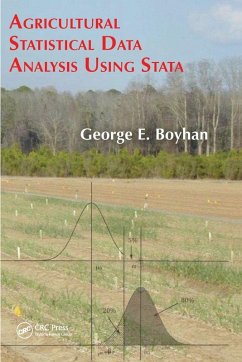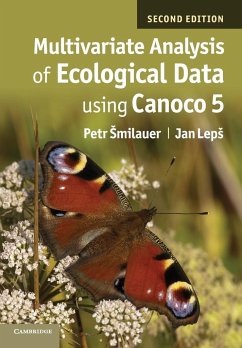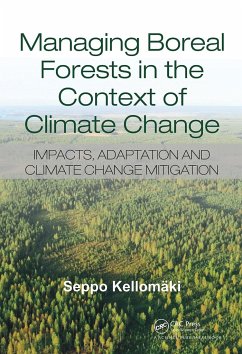
Spatial Data Analysis in Ecology and Agriculture Using R
Versandkostenfrei!
Erscheint vorauss. 28. Januar 2026
101,99 €
inkl. MwSt.
Weitere Ausgaben:
Since the publication of the second edition of Richard Plant's bestselling textbook 'Spatial Data Analysis in Ecology and Agriculture Using R', the methodology of spatial data analysis and the suite of R tools for carrying out this analysis have evolved dramatically. This third edition thus explores both the leading software tools for the analysis of vector and raster data; the first based on sf and associated libraries, the second based on the terra package as it has evolved out of the earlier raster package. Further, within the methodology of spatial data analysis, the set of methods availab...
Since the publication of the second edition of Richard Plant's bestselling textbook 'Spatial Data Analysis in Ecology and Agriculture Using R', the methodology of spatial data analysis and the suite of R tools for carrying out this analysis have evolved dramatically. This third edition thus explores both the leading software tools for the analysis of vector and raster data; the first based on sf and associated libraries, the second based on the terra package as it has evolved out of the earlier raster package. Further, within the methodology of spatial data analysis, the set of methods available has significantly expanded. This book adds several of the most popular and useful, including machine learning methods in spatial data analysis, the use of simulation methods in spatial data analysis, and a new chapter on the analysis of remotely sensed data. These methods are critically compared in the context of addressing the particular goals of the research project. The book's practical coverage of spatial statistics, real-world examples and user-friendly approach make this an essential textbook for ecology and agriculture graduate students. Using data sets from cultivated and uncultivated ecosystems, the book guides the reader through the analysis, including setting research objectives, designing the sampling plan, data quality control, exploratory and confirmatory data analysis, and drawing scientific conclusions. Additional material to accompany the book, including a review of mathematical concepts, the full data sets, and a brief introduction to geographic coordinate systems, can be accessed via the Instructor Resources link on www.routledge.com.














